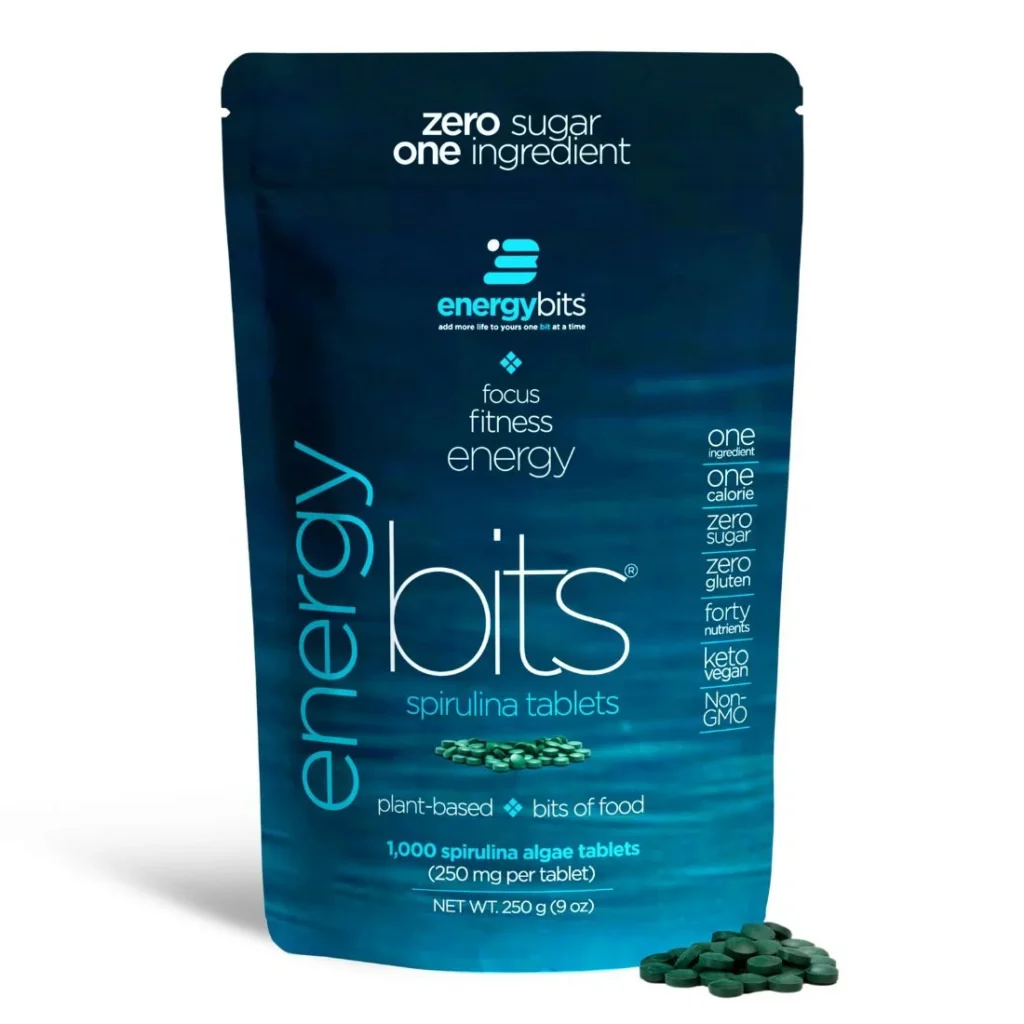Introduction
Building new habits often fails because willpower is finite—but laziness isn’t the problem. The solution? Habit stacking, a neuroscience hack that attaches tiny, new behaviors to existing routines.
By anchoring actions like push-ups or gratitude journaling to daily rituals (e.g., brushing teeth or brewing coffee), you bypass resistance and make progress automatic. Here’s how to design your own laziness-proof routine.
Why Habit Stacking Works (The Brain Science)
Your brain’s basal ganglia thrive on patterns. When you pair a new habit with an established one:
- Triggers automaticity: The existing habit becomes a “cue” for the new action.
- Reduces decision fatigue: No mental energy wasted on “when” or “how.”
Builds compound growth: Small wins add up to massive results over time.
How to Habit Stack: Step-by-Step Guide
1. Map Your Existing Routines
List 5–10 daily habits you already do without fail:
- Brush teeth
- Brew coffee
- Walk the dog
- Check email
Use the formula:
“After/Before [CURRENT HABIT], I’ll [NEW HABIT].”
Examples:
- “After I brush my teeth, I’ll do 2 push-ups.”
- “Before coffee, I’ll write one gratitude sentence.”
- “After walking the dog, I’ll hydrate with 8 oz of water.”
- Rule: New habits should take ≤2 minutes.
Goal: Consistency, not intensity.
5 Laziness-Proof Habit Stacking Ideas
- Mental Health: “After I sit on the couch, I’ll take 3 deep belly breaths.”
- Productivity: “Before opening email, I’ll write my #1 task for the day.”
- Fitness: “After using the bathroom, I’ll do 5 squats.”
- Learning: “Before scrolling social media, I’ll read one paragraph of a book.”
Mindfulness: “After locking the front door, I’ll say one thing I’m grateful for.”
The Secret Sauce: Celebrate Tiny Wins
Reward yourself immediately after completing the stack:
- Verbal praise: “Nice job!”
- Fist pump: Physical gestures reinforce success.
- Check a box: Track streaks on a calendar.
3 Advanced Hacks for Stubborn Routines
- Temptation Bundling: Pair a “want” with a “should.”
Example: “After I meditate (should), I’ll watch Netflix (want).” - Environment Design: Place visual cues near habit triggers
(e.g., gratitude journal by coffee maker). - Time-Based Stacks: Group AM/PM habits
(e.g., “After breakfast, I’ll plan meals + take vitamins”).
When to Seek Tailored Strategies
While habit stacking works for most, those with ADHD or irregular schedules may need personalized systems. Explore productivity-boosting tools for custom frameworks.
Conclusion
Laziness isn’t a character flaw—it’s a design problem.
Habit stacking reshapes your environment and routines to make success inevitable.
Start with one micro-habit, celebrate daily, and watch your life transform one stack at a time.
Ready to Level Up? Discover curated habit-building for accelerated growth.
FAQs:
Q: What if I forget to do the new habit?
A: Reduce the action (e.g., 1 push-up vs. 2). Make it too easy to fail.
Q: How long until it becomes automatic?
A: 14–30 days for tiny habits; 60–90 days for complex ones.
Q: Can I stack multiple habits?
A: Yes, but add one at a time. Master one, then layer the next.






















